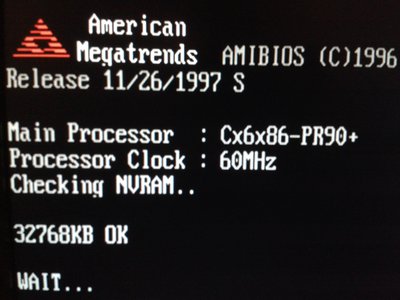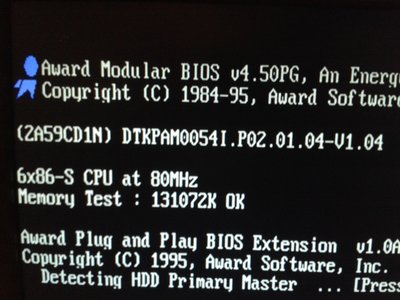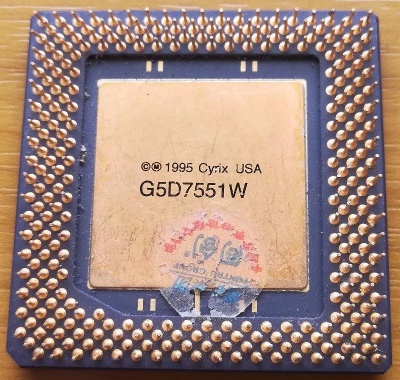You'll want to review the specs on the Cyrix 6x86 for how much current it draws and at which voltage. I believe chipdb.org has the spec sheets on the 6x86. Look at the markings on your voltage regulator and look up the spec. sheet to see how much sustained current it can output.
If it is, in fact, the VRM on your board which blew, then replacing it should be fairly straight-forward, e.g. desolder and resolder the new one. In the past, I have replaced VRM's with units which can output more current, provided the pin-outs are the same.
On one of my motherboards, I operate the VRM near its current limit (socket 7 board with AMD K6-III-500). I added a small fan to the VRM which keeps it from getting too hot. If your VRM doesn't already have a heatsink, you might want to add one, but first be sure it is necessary by comparing the current spec. for the VRM and the target CPU.
The motherboard I used to test my 6x86-P90 can be found in the Ultimate 686 Benchmark Comparison's, either in the text of the website, or in the PDF. I should have listed all the motherboards with sub- or superscripts denoting which CPU used which motherboard.
And did you confirm that your VRM is busted by testing out a simple Pentium 75?
Plan your life wisely, you'll be dead before you know it.



